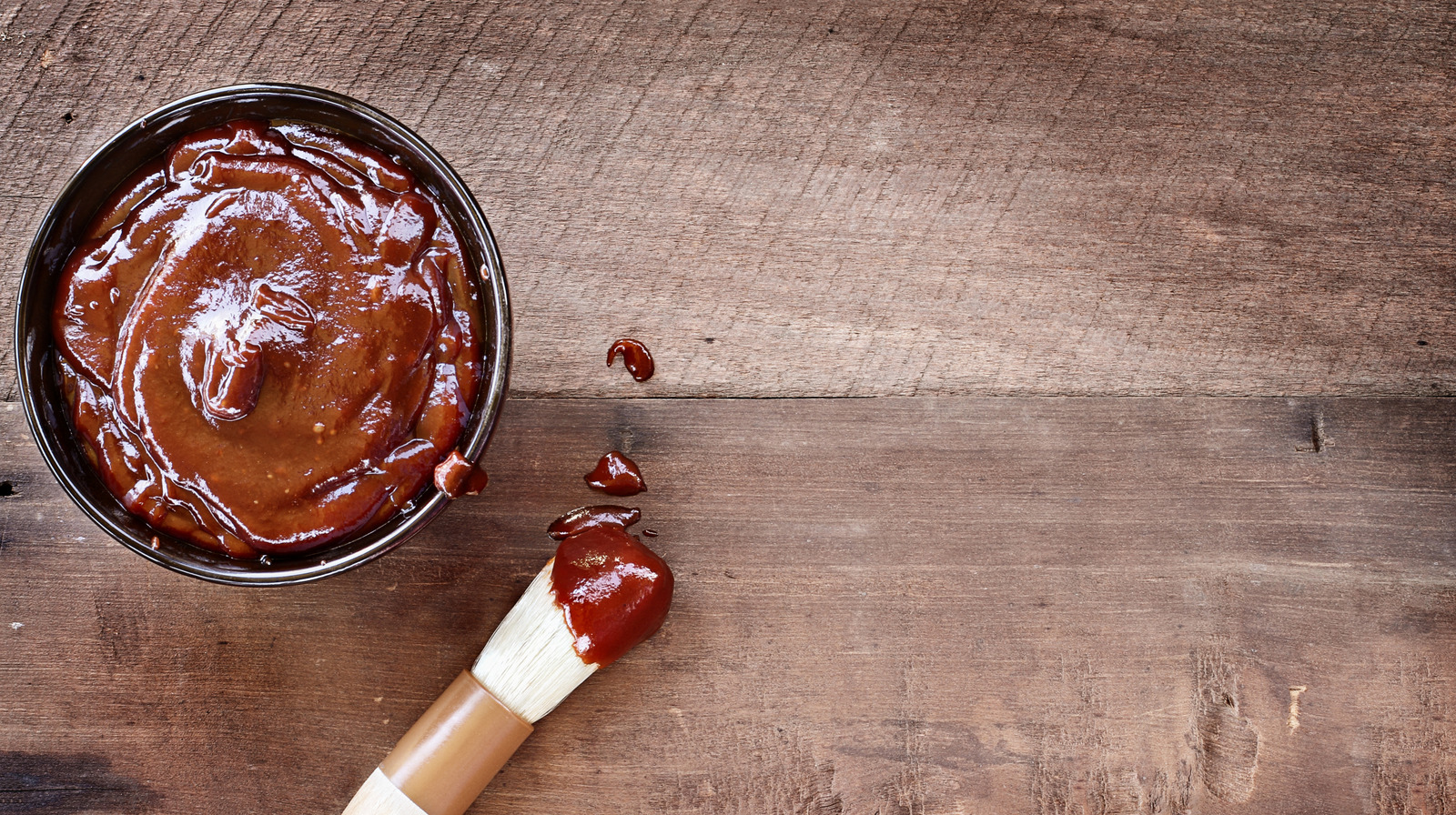 photographs by Emiko Franzen
photographs by Emiko Franzen
Whether you love digging in the dirt, planting seeds and reaping the bounty that bursts forth, or find the whole idea of gardening intimidating, this spring offers the promise of a fresh start. Growing flowers, vegetables, herbs or anything else need not be endlessly fussy or take up your entire Saturday. As an avid gardener, I’m not opposed to a little sweat, but I much prefer working smart and keeping things easy. Here’s a quick guide to minimize your effort and maximize your joy. What if I have No Idea Where to Start? When I moved to my current garden, I got a wonderful blank slate, but the beds looked eerily sparse. To create an immediate feeling of ‘presence’, I planted some scented-leaf pelargoniums (scented geraniums). These shrubby plants are a good starting point, as they grow quickly in a variety of home gardens without lots of attention, and their fragrant leaves come in a vast range of colours, sizes and shapes. I put them all over the garden that first spring and summer. Best of all, true to their name, these plants offer exceptional fragrance. Different species carry aromas of lemon, rose, apricot, ginger, chocolate and more. Kate Jayne, co-owner of Sandy Mush Herb Nursery in Leicester, North Carolina, says, “Scented pelargoniums are great planted with vegetables,” says Jayne, “as they are fast growing, deter pests, and attract bees and hummingbirds.” And, she says, their fragrance makes weeding a pleasure. Still feeling overwhelmed? Dr Ekta Chaudhary, a Mumbai-based plant-scaping expert, who offers professional gardening services through her venture Garden Up, assures that, “No one is born with a green thumb. Put in the time to observe your plants and you will develop an intuition about what makes them tick.” Her top tip is to guard against a common rookie mistake—over- or underwatering plants: Stick a finger into the soil and and check if it has moisture. If it does, you can skip watering. Another key element is to observe what sort of plant you have at hand. Plants with fleshy leaves, such as succulents, have adapted to store water so don’t need to be watered daily. Plants that have leaves with a large surface area on the other hand require frequent watering, as moisture tends to evaporate more quickly from these varieties. “It is okay to kill a plant or two, during the learning process. The idea is to learn from your mistakes,” Chaudhary adds. How do I Start a Garden if I have Limited Space? Growing produce or flowers in small spaces can be challenging as both require room and sunlight. The key is to assess what works for your space, says Madhavi Guttikonda, the award-winning content creator behind the 7.2-lakh-subscriber-strong YouTube channel Mad Gardener. “Check how much sunlight you get and plan your spread accordingly,” she says. In India, if your terrace or balcony faces the east or north, your plants will catch the morning sun, ideal for growing plants and vegetables that don’t fruit or flower, such as leafy greens. And if your garden space faces south or west, it receives the afternoon sun which is favourable for root vegetables, tomatoes and different varieties of gourd. “Your geographical location and the seasons determine the varieties that may flourish in your garden. The trial-and-error method is how you will find out what works best, so don’t be afraid to experiment,” advises Guttikonda Whether you mix red chard and tulips in a clay pot by the front door, or plant upright leeks next to clumping geraniums in a flower bed, growing vegetables, fruits, flowers and herbs together is a common strategy. This method is space saving and often beautiful, and it can also enhance the plants. Certain ornamental flowers can distract bad bugs from the edibles while attracting pollinators that increase the output. Placing blue-flowered rosemary plants near carrots works well because the herb masks the scent of the carrots, making it harder for pests to find them. Plus, the flowers attract bees. Several gardeners I know interplant green onions with their long-flowering pansies to deter mice.On a walk last summer, I noticed a container that had an orange cherry tomato plant at its centre, surrounded by marigolds and cheery white cosmos. It was a nice pairing visually—but the flowers did double duty, attracting aphids away from the tomatoes. Alyssum also attracts ladybugs and hoverflies, two insects that eat pesky aphids. It’s a win-win. How do I Tackle Pests? Going organic to control pests and prevent plant diseases is a healthy option, and is easy and cost-effective for a home gardener. Guttikonda swears by the following solutions: Make a paste of ginger, garlic, chilli and onion and soak them in buttermilk. Let it rest for a day or two and use the liquid to get rid of pests. Another easy fix for sap-sucking insects such as aphids is to sprinkle wood-ash over the soil. To prevent rot, use asafoetida and turmeric diluted in water (3 gms in 1 litre). Chaudhary recommends neem oil as the best solution for all soft- and hard-body insects. “Any gardener with three or more plants should have neem-oil solution at home. These come as ready-to-use sprays, or dilute pure neem oil in water and spray liberally.” What’s the Easiest Way to Grow Herbs? When a friend wanted fresh herbs in her kitchen, I planted some in a 6-by-14-inch plastic container with good drainage holes for her sunniest windowsill. I filled the container with about 4 inches of new potting soil, then mixed in 2 tablespoons of slow-release fertilizer pellets. After I loosened the roots of small plants of thyme, rosemary and chives, I planted them together snugly. Oregano, parsley and cilantro work just as well. I added more soil to fill in the spaces and told her to water (ideally with some liquid fertilizer mixed in) every four days, ensuring the water ran out the bottom. I also advised her to move the container outside in summer. She was enamoured with the convenience of fresh herbs, and three years later, her windowsill garden is going strong. (How often you should water depends on what you’re growing and where you’re growing it.) Another easy success for your indoor garden is microgreens. Microgreens are the very young seedlings of vegetables and herbs—even smaller than baby greens. They are tasty in scrambled eggs, salads, smoothies and more, and exceptionally nutritious—they can be more than three times more nutrient rich than their mature leaves. Radish, broccoli, cabbage, legumes and leafy greens like spinach, Swiss chard and arugula are all ideal for this healthy method. To grow microgreens, Amy Pennington, author of Tiny Space Gardening, uses a shallow tray or roasting pan. She starts with fresh seed-starting soil mix and puts in just enough so it’s flush with the top. Pennington says to scatter the seeds densely across the surface of the mix. Spray the soil (and seeds) with a misting bottle to saturate the surface, then loosely cover the pan with plastic wrap to hold in moisture, let light in and create some warmth. Place on a windowsill or countertop and keep the mix moist. Remove the plastic wrap as soon as the first sprouts appear. Wait until the seedlings reach 1 inch to 2 inches tall and have two sets of leaves. Pennington uses kitchen scissors to cut seedlings as close to the soil mix as possible, taking just as much as she needs that day. She rinses and dries the greens, then stores any extra between paper towels in the refrigerator. Most gardeners get two or three crops from each microgreens sowing, and then they sow seeds again. What if I Want to Grow (and Eat) my own Produce? ‘Cut and come again’ greens—like lettuce, kale, chard, arugula, spinach, endive and even broccoli—are another low-effort option. I sow (i.e., scatter) seeds, allowing about 3 to 4 seeds per inch of narrow rows, or 8 to 10 seeds per 3 square inches in containers. Four to five weeks later, I enjoy salads and stir-frys. The cut-and-come-again method is the easiest way to grow greens in the smallest space and the shortest time. You can sow cut-and-come-again plants with a seed mixture (my preference) or sow a specific green. Begin in early spring, when the large-flowered daffodils are blooming. Generously spread seeds loosely over the top of moist new potting soil. Cover them with a dusting of about a quarter-inch of soil (no deeper) and tamp the soil and seeds down firmly with your hand. Water with a gentle spray and ensure the soil never dries out. Lindsay Del Carlo, trial garden manager of Renee’s Garden seed company in Felton, California, is a fan of mesclun greens mixes—they are quick to germinate, often “coming again” (resprouting leaves) three to four times, and are delicious with a balsamic vinaigrette. For all cut-and-come-again gardening, she recommends you wait until plants are 4 to 6 inches tall before shearing. Cut just as much as you need that day,taking off a patch of young leaves about 1 to 2 inches above the soil level. Lindsay’s favorites to grow with this method include Chinese broccoli (gai lan) and broccoli rabe, a leafy green. What if I don’t have Space or Time for Big Plants? I love the taste of my own strawberries and zucchini, but allocating the sunny space on our patio to big pots and having to stake sprawling, teetering plants as the fruits grow heavy are big deterrents. I have become a fan of smaller, or ‘dwarf’, versions of fruits and vegetables. Seeds and seedlings of both can often be found at nurseries. Look for varieties with ‘patio’ or ‘gem’ in their names—these are common cues for smaller plants. What is the Easiest Way to Start Composting? Composting has an intimidating reputation, but both Chaudhary and Guttikonda agree that “everyone can, and should, compost.” Guttikonda lists the essentials: “Air circulation and a balance between the green/nitrogen component (from wet kitchen waste) and the brown/carbon component (cardboard paper, cocopeat, dry leaves and twigs).” To build your compost, take a container and puncture holes in it. Then add a base layer of carbon material, followed by wet waste, and repeat till it is full. The ratio, Guttikonda advises, is two parts of carbon material for every one part of nitrogen waste. She also suggests ensuring that the compost is not running dry. “Add water, if you need to. Without moisture the process won’t start,” she says. “Composting at home goes a long way in decreasing the amount of waste that ends up in city landfills,” says Chaudhary, who suggests adding Bokashi powder to kitchen waste if collecting carbon material proves difficult. “The powder is easily available and its activated microbes balances out the nitrogen and takes care of the foul smell that may accompany your compost,” she says. My Yard does not Get Much Sun. Can I still Grow Something? If you get inconsistent sun (or fewer than six hours per day), Pennington suggests sowing snap peas. “It’s a cool-season crop so it doesn’t require a ton of sunlight in order to grow, and while the snap peas may not be quite as sweet as if they were in full sun, they will be pretty yummy,” she says. Other plants that tolerate some shade or do well with only morning sun include chard, arugula, leeks and radishes. Beginning gardeners can revel in easy wins, and master gardeners may enjoy mixing things up. Happy growing! Getting Started: A Guide for Beginners What to Plant Start by assessing your space. (How much sun does it get? Is the soil sandy, or heavy with clay?) Choose plants that suit those conditions. Employees at local nurseries can tell you all you need to know. Take along a small bag of your soil to make it even easier. I find that if I start by providing plants with the sun or shade they want and the soil they prefer, the plants don’t ask a lot of me. You don’t need to be a plant whisperer. I read labels. I research plants before I buy them. And I resist planting a cactus in wet soil or a fern in hot sun, no matter how great I think it’ll look in that spot. When to Water You can buy a moisture meter, but few tools are more accurate than sticking a finger in the soil. Does your finger look glazed with brown soil? Or dusty, as if it’s been in sand? If you’re getting dust, it’s time to water. The next test is to scoop up a handful of soil and gently squeeze it with your fingertips. You want the soil to show a light imprint of your fingers. But if your handful drips through your fingers, it’s too wet. Leave it for a day or two until the roots absorb the excess. How to Water Add enough so the flow comes slowly but steadily out of the drainage holes (and drainage holes are always essential). If the water whooshes through the holes, that means it isn’t saturating the soil. Once the draining water is slow and continuous, you have watered enough. What to Watch for Underwatered leaves will dry up and drop, usually quite suddenly, whereas overwatered leaves will turn pale. “Remember when plants are growing fast and strong, and making more demands on the root system, they will dry out more frequently,” says Douglas Justice, associate director of horticulture and collections at the UBC Botanical Garden in Vancouver. A Note on Plant Food You can buy dry slow-release fertilizers and liquid fast-release ones. In containers, using slow-release fertilizer when you plant is adequate; add liquid fertilizer every two to four weeks to make plants thrive. When planting in the ground, using dry slow-release fertilizer once in the spring is ample.




 11 months ago
61
11 months ago
61











 English (US) ·
English (US) ·